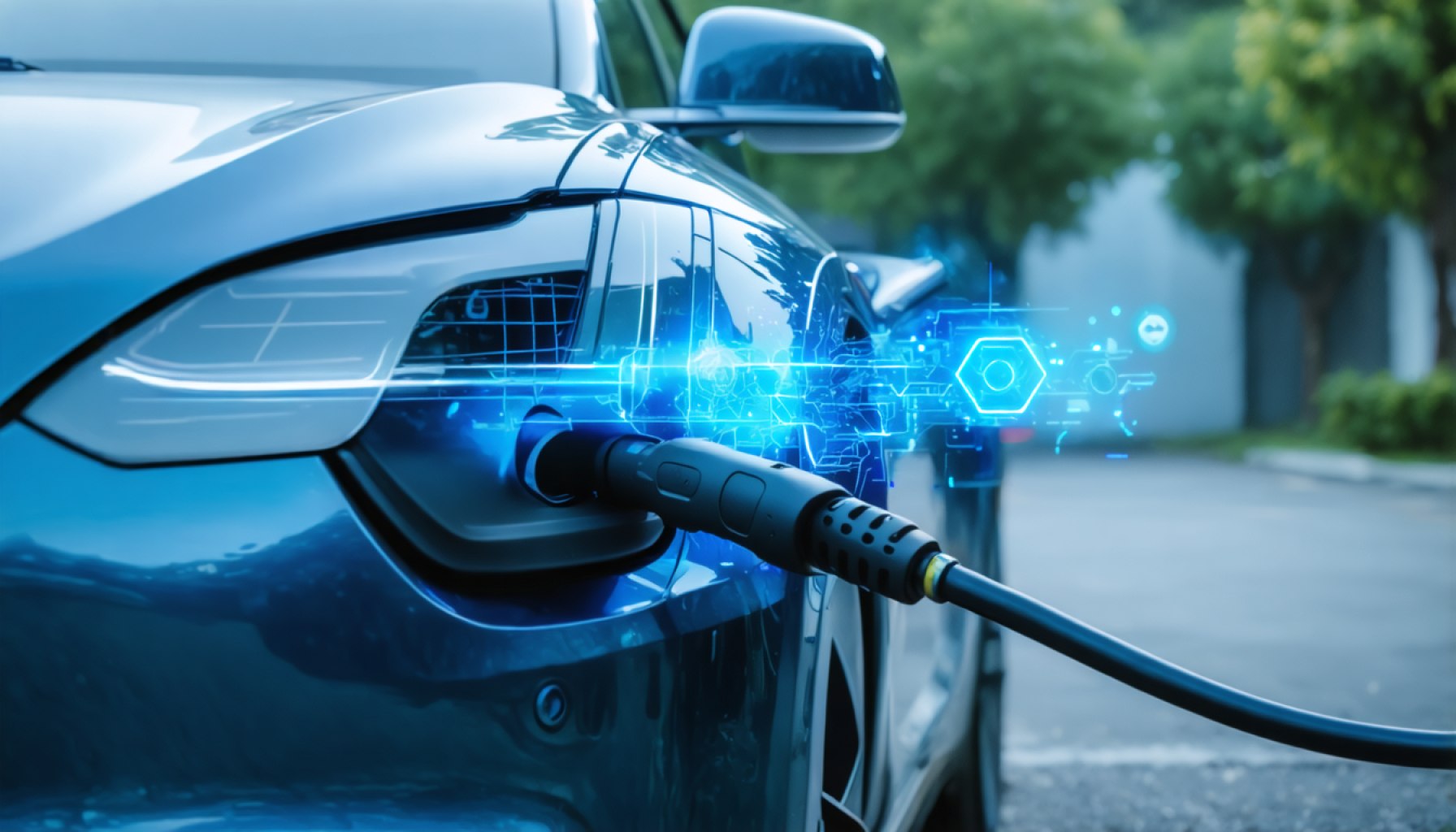- EV battery production faces significant contamination challenges, threatening manufacturing efficiency and sustainability goals.
- Contamination issues persist from lab tests to gigafactory operations, affecting every production stage.
- Meech International identifies 16 contamination points, emphasizing that overlooked material cleanliness can cause economic and structural battery failures.
- The industry faces severe competition and cost pressures, with potential production yield plummeting by up to 40% without proper contamination control.
- Effective contamination strategies can boost yields by over 10%, enhancing both resilience and sustainability.
- Meech’s tailored cleaning systems, focusing on static removal and particulate extraction, support a “zero faults forward” production ethos.
- Adopting bespoke contamination solutions is crucial for manufacturers to stay competitive and contribute to a sustainable future.
The push toward a greener future is facing an unexpected adversary: contamination within electric vehicle (EV) battery production. As the industry grapples with the implications, a significant yet often overlooked threat to manufacturing efficiency emerges. This is a pressing challenge that stretches across the battery production line, lurking silently from initial lab tests to expansive gigafactory operations.
Imagine a vast, pristine cleanroom, humming with the precision and vitality synonymous with the modern drive toward sustainability. Yet, even here, the quest for the flawless battery can falter. Fine particulates, residual smudges, and unseen contaminants infiltrate the process, like an insidious whisper amidst the engineering symphony. Each stage of production—from the delicate handling of raw materials to sophisticated prototype development—faces this persistent menace.
Experts at Meech International, renowned for their prowess in static control and surface cleaning, have mapped this contamination labyrinth intricately. With meticulous research revealing 16 vulnerable points along the production chain, they highlight an unsettling truth: overconfidence in the cleanliness of incoming materials can lead to catastrophic failures, both economically and structurally, as batteries scale from concept to commercial reality.
In an industry where demand curves meet the hurdles of rising costs and relentless tariffs, the imperative to enhance yield has never been more urgent. The sharp edge of competition means the cost of neglect is profound—a potential yield plunge by 40% in emergent technologies isn’t just theoretical; it’s a harsh reality.
By strategically targeting these contamination sources, however, producers can reclaim significant ground. Meech illustrates that meticulous contamination control can elevate yields by over 10% across various battery technologies. It’s about more than cost-saving; it’s resilience and sustainability under mounting global pressures.
Rather than applying blanket solutions, Meech pioneers a bespoke approach, collaborating intimately with battery OEMs and research institutions. The introduction of tailored cleaning systems, harmonizing static removal and particulate extraction at pinpointed stages, fortifies the production line with a “zero faults forward” ethos. It’s a strategy not only preserving the sanctity of the production environment but also safeguarding the integrity of the EVs poised to transform our future.
As the EV industry pivots amid a landscape of economic challenges, embracing these innovative solutions is not just an option; it’s an imperative. By recognizing and combating the silent adversary of contamination, manufacturers can secure their place in the accelerating race towards a sustainable tomorrow.
Unmasking Contaminants: The Hidden Challenge in EV Battery Production
Understanding the Contamination Crisis in EV Battery Manufacturing
The drive toward a sustainable future through electric vehicles (EVs) faces a significant hurdle—contamination within battery production. As manufacturers aim to meet ever-growing demands, the specter of contamination poses a threat to efficiency and sustainability.
What Are the Sources of Contamination in EV Battery Manufacturing?
Contamination in EV battery production can arise from several sources:
1. Raw Materials: Despite high standards, incoming materials may harbor impurities that can affect battery performance.
2. Production Environment: Dust, particulates, and static buildup in cleanrooms can compromise battery integrity.
3. Equipment and Processes: Inefficient machinery or cleaning protocols can introduce foreign substances at critical stages.
How Contamination Affects Production and Costs
– Yield Loss: Contamination can lead to yield losses up to 40%, significantly impacting economic viability.
– Performance Degradation: Impurities can cause premature battery failure, affecting both performance and safety.
– Increased Costs: The need for heightened quality control and waste management drives up production expenses.
Solutions and Innovations in Contamination Control
1. Custom Cleaning Systems: Tailored systems targeting specific production stages can effectively remove contaminants and static.
2. Real-Time Monitoring: Implementing sensors to detect contaminants in real-time helps proactively address potential issues.
3. Collaboration with Experts: Partnering with companies like Meech International offers access to expertise and advanced technologies for mitigating contamination.
Industry Trends and Predictions
– Growth in Demand: The global demand for EVs is poised to rise exponentially, driving innovation in battery technologies.
– Advanced Materials: Research into alternative materials may lead to more contamination-resistant batteries.
– Regulatory Pressure: Environmental regulations will push manufacturers towards cleaner, more efficient production methods.
Practical Steps for Manufacturers
1. Audit Your Processes: Regularly examine each stage of production for potential contamination risks.
2. Invest in Training: Ensure all staff are trained in contamination prevention and management techniques.
3. Upgrade Infrastructure: Adopt state-of-the-art equipment designed to minimize contamination potential.
Key Takeaways
– Tackling contamination is crucial for improving battery yields and maintaining economic and environmental sustainability.
– Collaboration and innovation are necessary to develop solutions tailored to specific production challenges.
– Staying informed on industry advancements ensures manufacturers remain competitive in the evolving EV market.
For more information on static control and cleaning solutions in manufacturing environments, visit Meech International.
Conclusion
Contamination in EV battery production is a hidden challenge that requires coordinated efforts and innovative solutions. By addressing this issue, manufacturers can not only improve efficiency but also contribute to a greener and more sustainable future in the EV industry.









